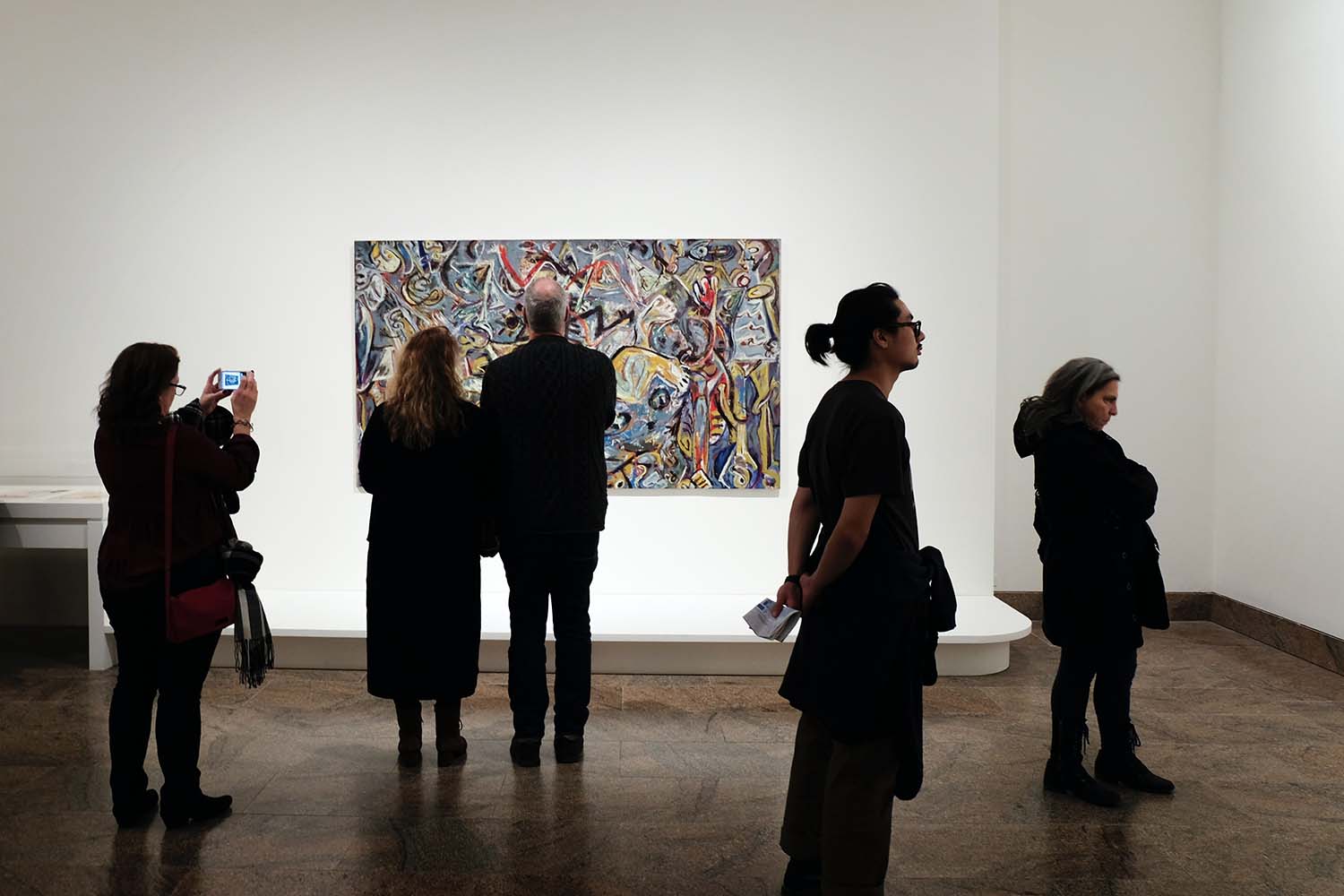Let’s have a look at an abstract art definition, its leading luminaries, and what makes it so special. Firstly, there are few, if any, art genres as controversial as abstract art. Abstract works have long occupied their honourable place in the world’s greatest collections. But many people still doubt if they belong there.
The most common argument for their critique is the assumption that any five-year-old can paint or mould something like that. And for those approaching this art form without any knowledge of the subject, the argument may seem persuasive.
Indeed, it’s tempting to reckon that modern art is a bubble with nothing inside. But what if you need to write an essay or do a presentation on the subject? You can surely send a “help me with my homework” call out there just for now. Still, the topic might come up at the exam or during a conversation, so it’s wise to get prepared for discussion.
Read on and we’ll help you see what it is about modern art that makes it really special.
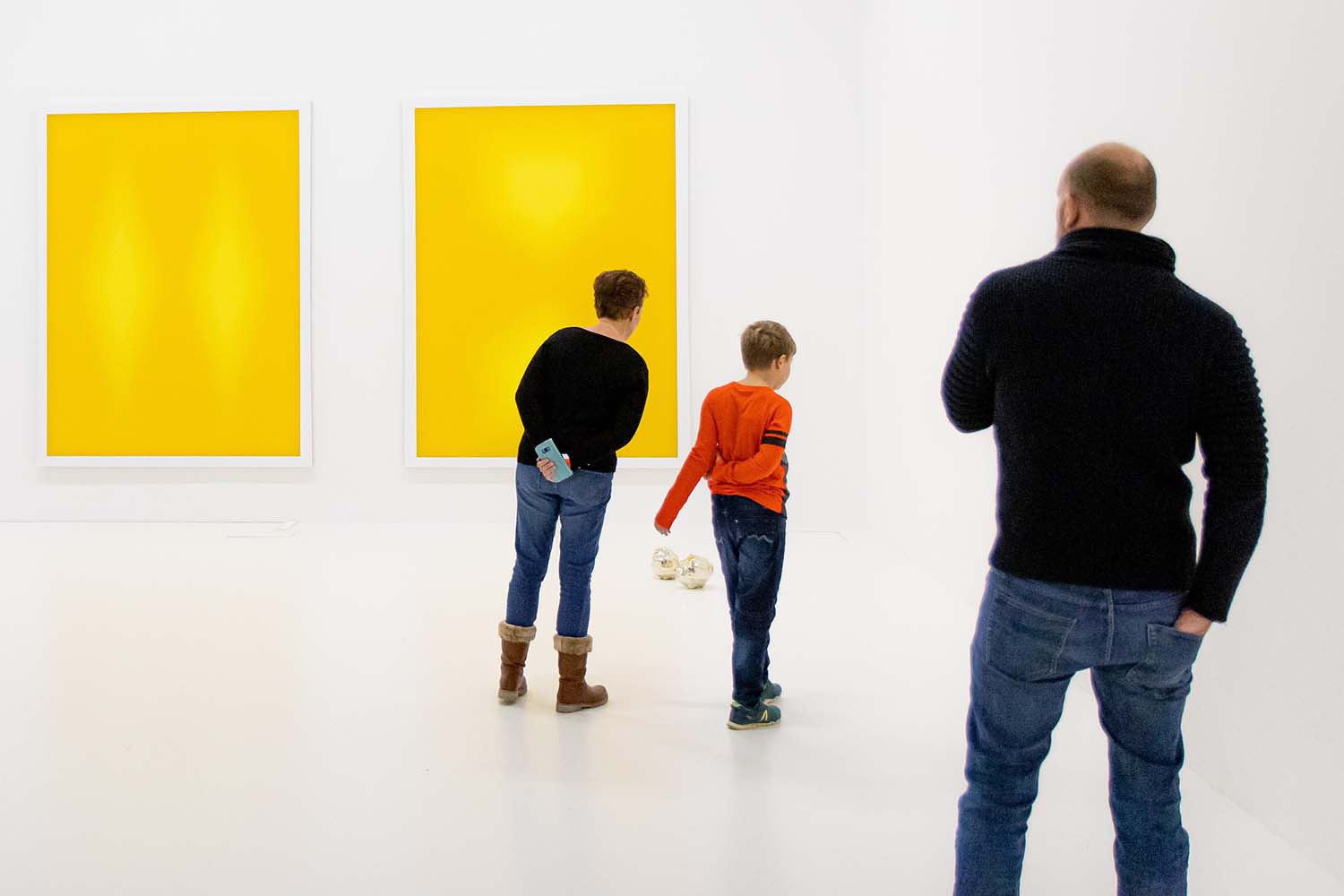
Photo, Laura Cleffmann.
Abstract Art Definition
Abstract art is a multifaceted genre. It puts forward shape, colour, and form rather than specific, immediately discernible objects. It’s also known as non-objective. Also lesser so, non-representational or non-figurative art. These terms are similar, but not identical to abstract art.
As Oxford Dictionary declares in its abstract art definition: abstraction is “freedom from representational qualities in art” and, in a broader sense, “the quality of dealing with ideas rather than events”. This pretty much sums up the essence of this art movement, in which idea and emotion always prevail.
Brief History of Abstract Art
Abstract art emerged in the late 19th century as a result of the artistic evolution of the previous decades. It thrived in the beginning of the 20th century when it gained momentum from cataclysmic events, World War I and the Russian revolution. Its preoccupation with concepts rather than objects was highly relevant at that moment in history.
The ground had been laid by movements such as fauvism and cubism which incorporated many features that would later become hallmarks for abstractionism: wild colours and altered forms respectfully. The genre was also influenced by the works of French impressionists.
Though banned by governments in the USSR and Germany for some time, abstract art continued to flourish throughout the 20th century, transforming over time from a revolutionary movement into a more aesthetic one. Now it firmly holds its place as one of the most influential art movements ever.
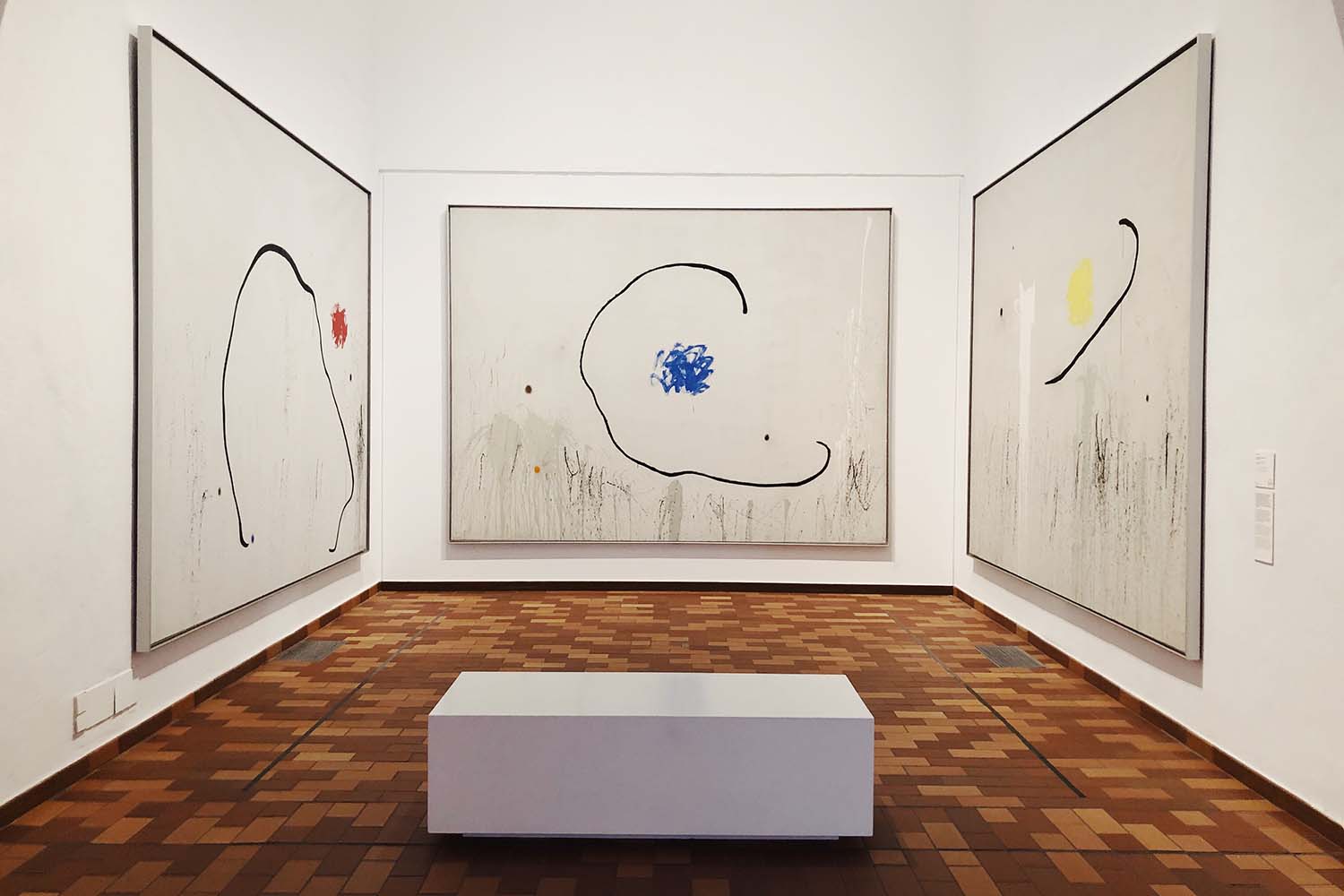
Photo, Yoonji Kim.
Most Notable Artists
Understanding modern art is easier when you have some references in mind. Below is a list of some of the most famous and influential artists who helped shape the genre.
Jackson Pollock: Born in Wyoming, USA, in 1912. Pollock became famous due to his “drip painting technique” that made him a key figure in the abstract expressionist movement.
Wassily Kandinsky: Russian painter and art theorist. Kandinsky is known as the Pioneer of Abstract Art. Kandinsky was influenced by Monet and drew inspiration for his paintings from music and religion.
Piet Mondrian: Dutch abstract art pioneer Piet Mondrian was born in 1872. Starting from painting in figurative style, he became known for his “grid paintings”.
Other notable artists include Joan Miro, Willem DeKooning, Mark Rothko, Gerhard Richter, Georgia O’Keeffe, and many more.
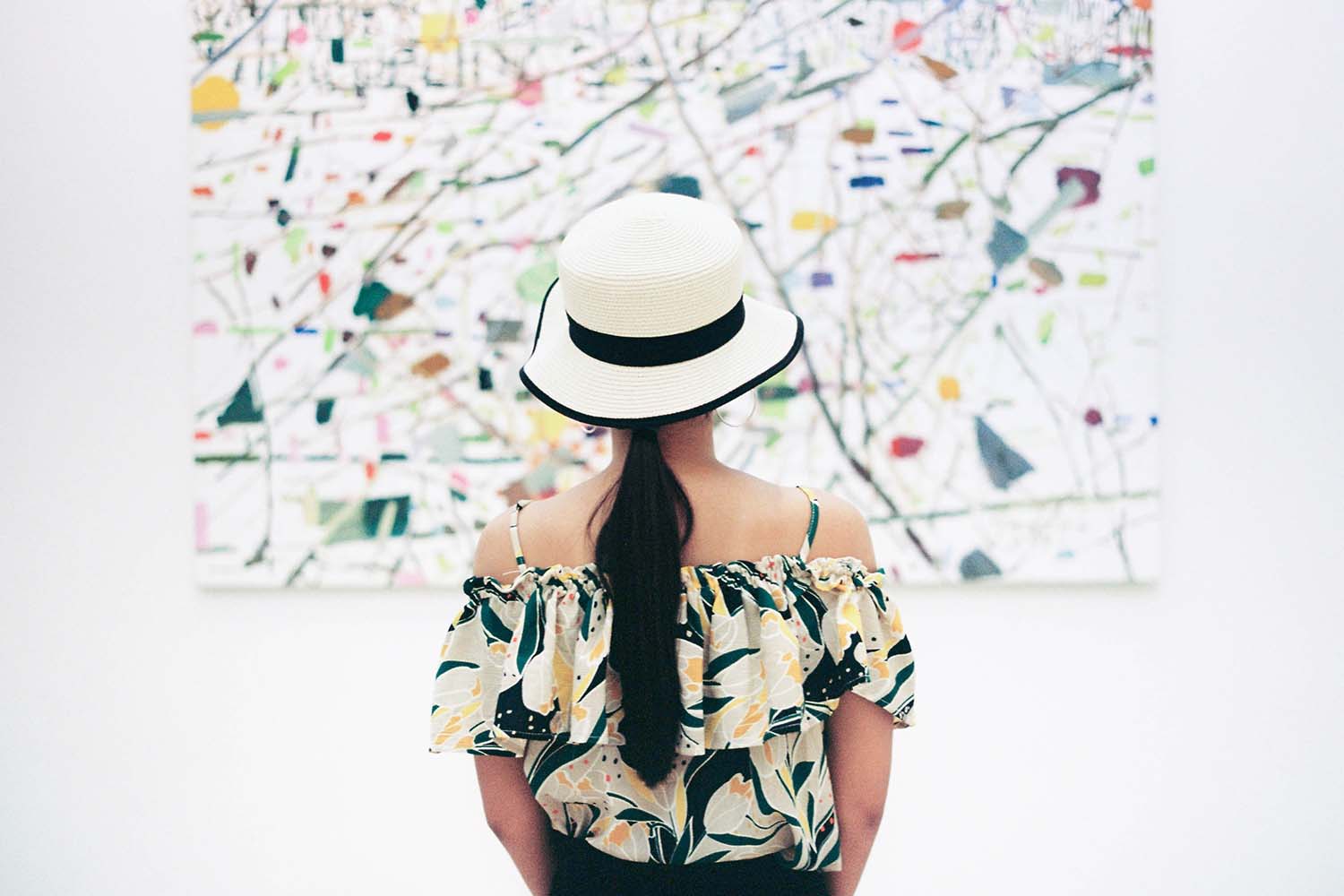
Photo, Vincent Tantardini.
Why Is It Special?
But what makes modern art special, after all? Based on what’s been said, we can give you at least three reasons. But there are more if you come to think of it.
— It’s very different from all the other art genres: In most cases, one can identify it at a glance. It looks so distinctively different from all other works of art. Even those closest to it, like fauvism or cubism. For that it deserves attention just because of looking so unique.
— It offers almost infinite potential for interpretation: As there are no easily discernible objects involved, abstract paintings can be interpreted in many ways. Each viewer’s interpretation depends largely on his or her own personality, experience, and knowledge base, so everyone can relate in some way.
As a consequence, such works are very thought-provoking, even when there is a clue to the meaning provided by the author. They are often like riddles with no particular solution, and that makes them all the more challenging.
— It conveys a message: The abstract art definition means that it doesn’t represent any identifiable objects. However, it instead focuses on ideas. There’s always something behind the artwork; emotion, concept, idea.
Even from its early days, it was all about ideas; revolutionary or utopian, or both. And though this impulse later died out, there’s still a lot of meaning behind every artwork.
— It transformed the way we perceive art: Though the avant-garde movement failed to transform the way society is organised, it surely succeeded in changing our perception of art. What seemed revolutionary a hundred years ago is now natural and familiar, and it’s important to know how it came to that.
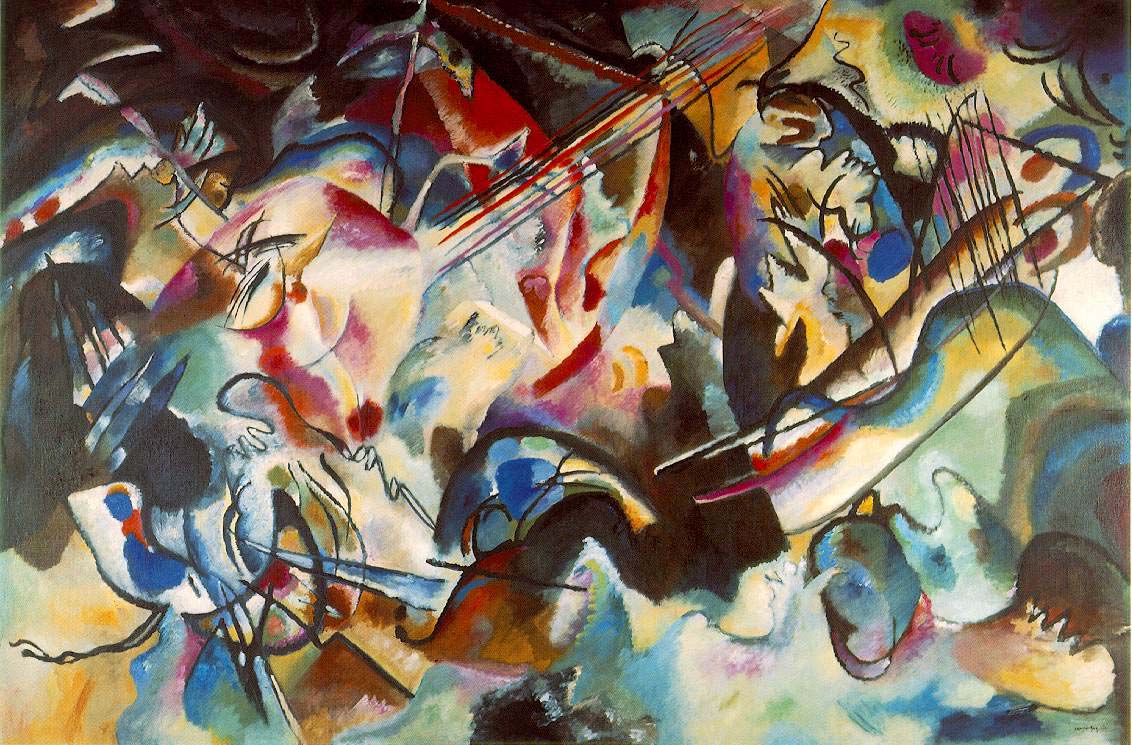
Vassily Kandinsky, 1913: Composition 6.
How to Understand Abstract Art
Still, many people reject this genre because they can’t understand it. But you don’t have to be an art critic to be able to appreciate modern art.
What you do absolutely need, however, is an open mind. As there are no clearly discernible objects depicted, you don’t have a starting point and can think anything while looking at a painting or a sculpture.
This freedom can be confusing because we’re used to being given instructions. But once you embrace the idea that an abstractionist work can be practically anything you want it to be, it all starts to make sense.
Moreover, artists often give a clue as to what their works might mean: the title. Surely, titles like Composition 6 don’t help. But then, there are colour, shape, and the overall mood of the painting, the date, and the cultural context of the epoch. Elementary.
Bottom Line
At a first glance, it’s very easy to dismiss even the most notable works of modern art as a complete mess. However, it’s never wise to jump to conclusions without diving deeper into the subject.
Abstract art has a long and glorious history, and it has earned its place in the world’s best galleries and museums just for a reason. So, there definitely is a lot that’s special about it.
If you give yourself time and make the effort, you may really see the depths in it you never imagined existed. Or you may not. But at least you’ll know they should be there.
